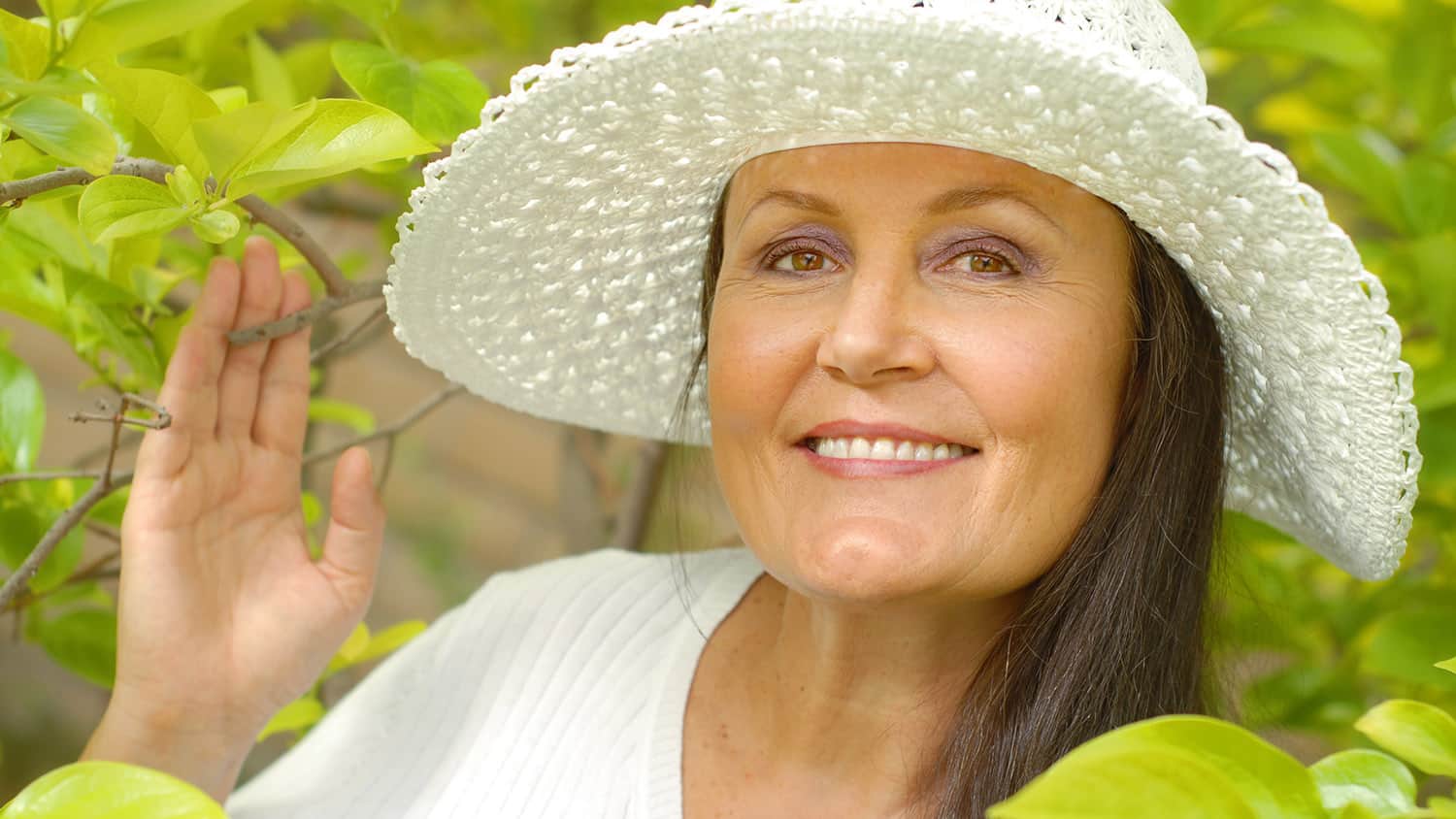
Can Forest Bathing Make Your 60+ Body Feel Less Stressed and More Healthy? You’d Be Surprised!
Every now and then I run across information that I intuitively understood but didn’t consider on an intellectual level. My most recent experience with this phenomenon occurred at a recent lecture titled “Wellness in Your Woods.”
The speaker, Suzanne Schiemer, has a background in physical education and wellness. She explained the benefits of slowing down activity when in a forest or wood – essentially referred to as forest bathing.
Of course, this is not a literal disrobing in the woods but a means to let the forest saturate into your being.
My Backyard
This makes sense as I think about my backyard experiences. Not that my home has a forest, but it does have a small, cup-shaped semi-circle of trees surrounding it.
I’ve noticed that as I step out onto the deck, birds and squirrels scurry to their safe places while I am moving about or doing yardwork. But, if I sit quietly on my deck without movement or speech, within a short period of time my little patch of woods wakes up.
Birds use it as a fly-way, crossing the lawn to alternative trees. Squirrels playfully chase each other on our short rock ledge. My body has, in effect, become part of my little copse of woods; I am one with it, going unnoticed by my fellow creatures.
After hearing Schiemer speak, I did some exploration on the topic of forest bathing. Looking further, I found there are governments and groups around the world that support and encourage this practice.
Shinrin-Yoku
In 1982, the Japan Forest Agency coined the term “forest bathing” or Shinrin-yoku, meaning, “to take in the forest atmosphere.” They established forest bases and trails maintained to specific standards.
This is considered a form of preventive medicine with Forest Societies in 11 prefectures established as therapeutic pathways. Once Japan got the ball rolling on this as a public policy, it spread to the West.
Forest Therapy
More governments and businesses have begun to understand the benefits on health and productivity. Business Insider published an article on the connection of improved health and wellbeing as a result of forest therapy.
In accordance, the New York State Department of Conservation published similar information on health benefits.
As a result, numerous organizations have established training programs to certify forest walks and forest bathing guides.
For those who would like company or guidance in their forest bathing experience, the Association of Nature and Forest Therapy Programs maintains a list of certified forest therapy guides, a list of upcoming events and walks around the world, and an additional list of certified destinations and trails.
Become One with Nature
From a young age, I felt an extra jolt of energy when playing in the woods. Now, in late adult life, hiking trails and trail running are my most frequent use of time there. According to Schiemer, moving as slowly as possible through the forest garners the most benefit.
For senior women, the benefits of forest bathing appear to coincide with some of the ills we must guard against as our bodies age: various heart problems, diabetes, high blood pressure, and stress.
The International Journal of Research and Public Health published “Shinrin-Yoku (Forest Bathing) and Nature Therapy: A State-of-the-Art Review,” which was based on 64 studies conducted between 2007 and 2017.
Based on the results, the journal determined that nature therapy as a health-promotion method and potential universal health model is implicated for the reduction of reported modern-day stress. The studies included in the review had been conducted at locations around the world, primarily Japan and China.
Among the studies were several most pertinent to 60+ women, with benefits for:
Psychological and Physiological Wellbeing
One assessment measured the psychological and physiological effects of a forest therapy program on women over the age of 40. The average age of the participants was 62 years.
Measures included pulse rate, salivary cortisol levels, and psychological indices taken the day before and the day of forest therapy. The study found substantial benefits including lower pulse rates and anxiety levels.
Hypertension
Another trial was tuned specifically to adults 60 to 75 years of age diagnosed with hypertension. The designated study group spent seven days and nights in a broadleaf forest.
A control group was situated in an urban area. After the seven days of the study passed, the test group was found to had benefited from a reduction in cardiac workload compared to the urban group.
Chronic Obstructive Pulmonary Disease (COPD)
A third study included male and female participants aged 60 to 79 years diagnosed with Chronic Obstructive Pulmonary Disease (COPD). The study divided the individuals into two groups and sent one to the forest and one to an urban area.
The results clearly indicated that the forest bathing trip had had a beneficial effect on the elderly COPD patients, reducing their inflammation and stress levels.
So, I plan to add a bit of time to my runs and hikes to just experience the forest and let it once again seep into me.
How often do you spend quiet time in the woods? Have you experienced any health benefits from it? Do you try to be intentionally slow when you’re hiking a trail? Please share your thoughts in the comments below!
Tags Finding Happiness






